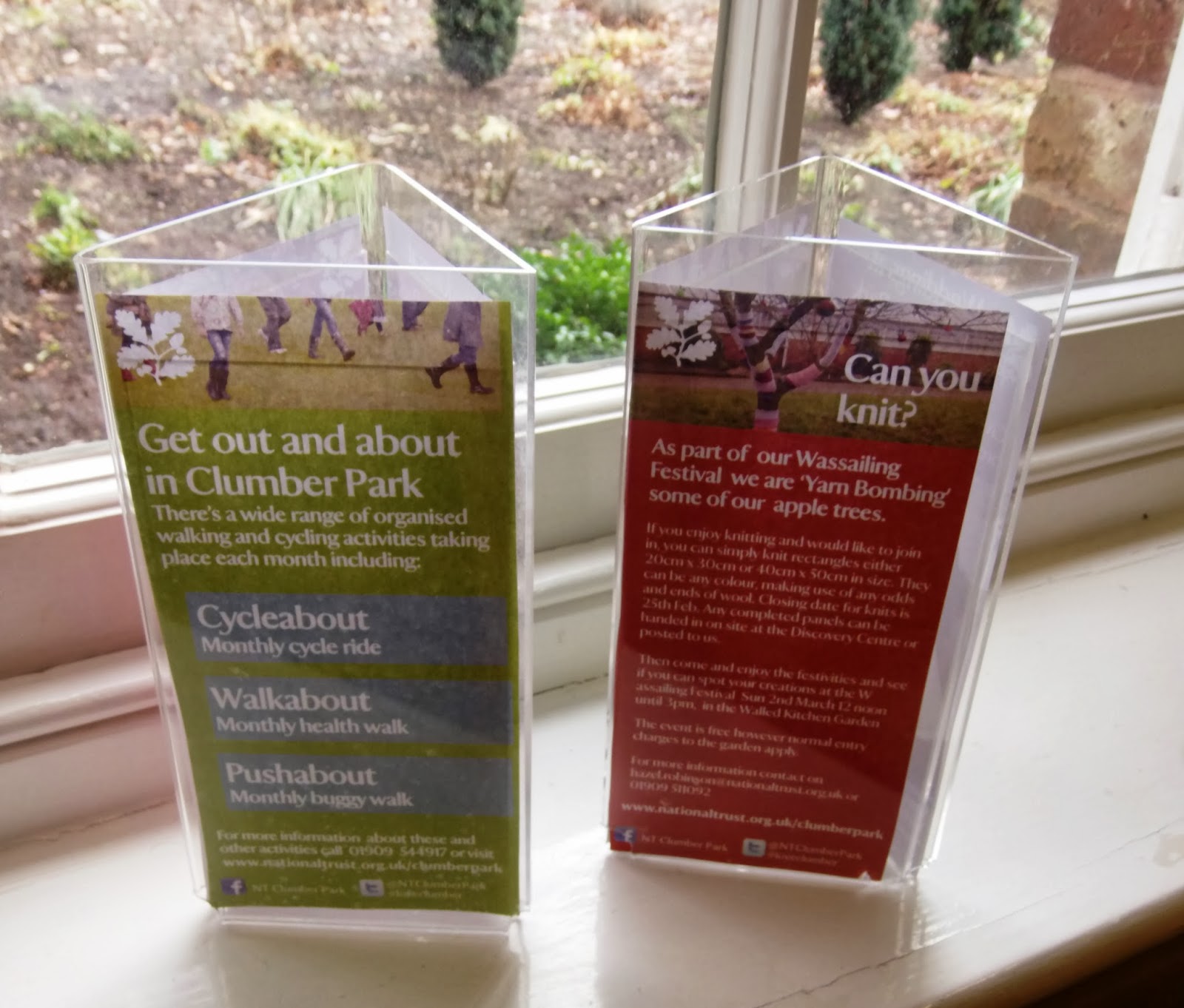Ornamental Stems
 |
| Chris Margrave, Head Gardener, Clumber Park |
In small gardens it is important for plants to earn their keep by providing interest over as long a period as possible. This certainly applies to deciduous shrubs which have conspicuous bark or stems. They can catch the eye from leaf-fall in October to bud burst and the appearance of foliage in April. A five month stint is pretty good going, and even more so when this is throughout the winter when colour and scent may be at a premium. Stems can provide the full rainbow gamut from bright reds and oranges through to purples and violets.
The best known group are the dogwoods, belonging to the genus Cornus. The classic variety is Cornus alba ‘Sibirica’. Its one year old stems are brilliant crimson. There is a variegated form, ‘Sibirica Variegata’, which has a broad white edge to its leaves, but with deep red stems. ‘Mid-winter Fire’ is aptly named and bears bright orange and golden yellow stems. With all of these dogwoods the youngest stems produce the brightest colours and this is best achieved by pruning them to a few inches above soil level in March. It is important to feed the plants after pruning to encourage a succession of new shoots; a general fertiliser such as growmore or, if you’re organic, blood, fish and bone, is ideal. Dogwoods grow best in full sun, but will tolerate partial shade; they are suited to most soils, as long as it doesn’t become water-logged.
The ornamental brambles are also value for money plants in small gardens. The “whitewashed bramble”, Rubus cockburnianus has long arching stems up to 10ft/3m tall which are covered in a white bloom. ‘Golden Vale’ has a more compact habit, reaching around 8ft/2.4m. Its foliage is a bright golden yellow and it too has dazzling white stems. In Clumber’s Walled Kitchen Garden we grow, for its fruit, the Japanese Wine Berry, Rubus phoenicolasius; it would not look out of place in the ornamental garden, trained on supports or against a wall, as its one year old stems are covered with attractive bright red bristles.
The familiar “bachelor’s buttons” is grown for its bright yellow flowers produced in April and May, usually in the double flowered form, Kerria japonica ‘Pleniflora’. It also has attractive green stems. For purples and violets, choose the “violet willow”, Salix daphnoides. A word of caution, if left unchecked this willow will eventually grow into a medium sized tree. It is usually coppiced and cut down to ground level each spring to produce a display of one year old stems which are purple and covered with a whitish powdery bloom. As with other willows, it prefers a damp, moisture-retentive soil and when suited, can grow up to 8ft/2.4m in a season.
Final choice is a rose which has a name as prickly as its thorns. The stems of Rosa siricea pteracantha are crowded with flat, bright crimson thorns, which are most pronounced on young shoots which have grown from soil level. These can be encouraged by annual pruning in March.
For effective plant combinations, ornamental stems can be planted next to richly coloured evergreens such as the “elephant’s ears” or bergenias, especially the varieties ‘Eric Smith’ and ‘Purpurea‘ which colour beetroot red in the winter, or with early
flowering bulbs such as snowdrops, yellow winter aconites and the early spring squill,
Scilla tubergeniana, which has pale blue flowers with a darker blue stripe on each petal.
Jobs for the Month – February
- To get a very early potato crop, chit a quick maturing first early variety such as ‘Swift’ or ‘Rocket’ by placing tubers in a tray in a light, frost-free position, such as a sunny indoor window. This encourages the tubers to produce short shoots. Chitted tubers will emerge from the ground a couple of weeks earlier than unchitted tubers.
- Continue winter pruning apple and pear trees and soft fruit such as currants and gooseberries.
- If conditions remain suitable, neither frozen nor waterlogged, continue preparing soil and planting bare root and containerised plants.
- Check ties and support on trees and check that taller growing shrubs such as roses, lavateras and buddleias haven’t been damaged by the winds.













